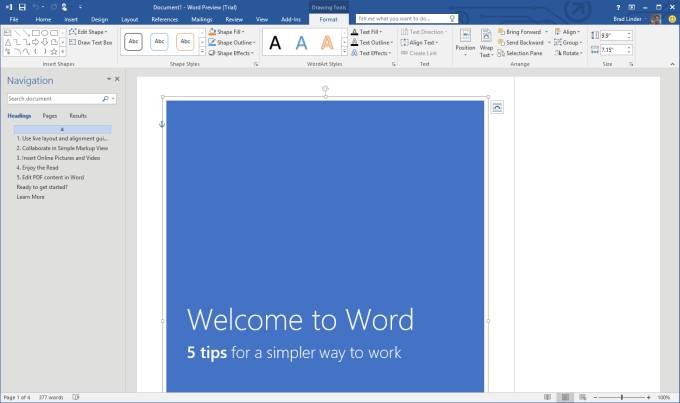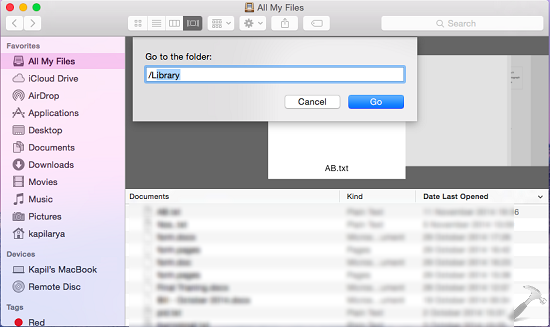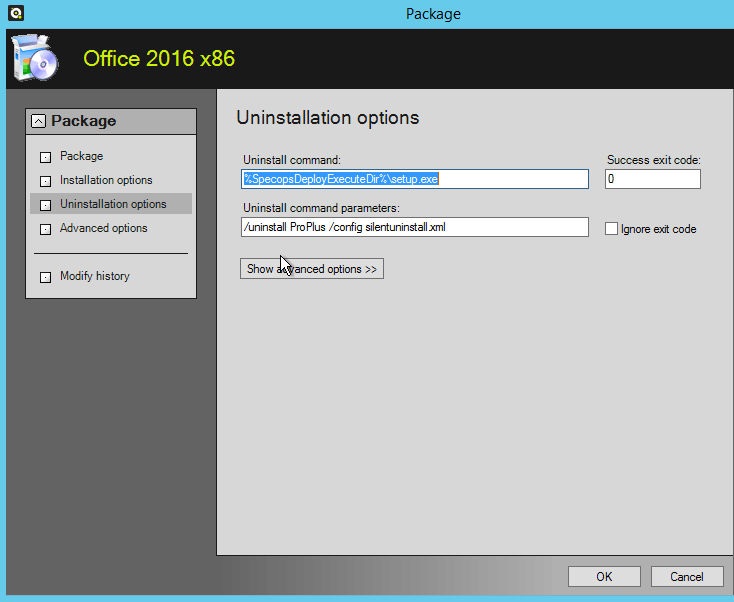
Note: There is a 250 character limit for the location file path.ĭocuments opened from LabArchives that are also saved on your local drive have a connection to LabArchives. If you do not want the changes to be saved back to LabArchives, click “Detach” in the file menu. If you open a file that is stored locally and there is a more recent version saved to LabArchives, you will see a message like the one below.


Note: If your account is connected to a single sign-on system you may need to generate a password token to use applications like Folder Monitor, GraphPad Prism, or Vernier Logger Pro. If you log in using your institution credentials, see the Single Sign-On Instructions. Select if you are an Australian User or if you are a UK Userįor more information on logging in as an Australian user, Click Hereand as a UK user, Click Here. If you are an Australian or UK User, and would like to log into your account, you can do so by following the steps below.ģ. Select “Remember Me” to save your login credentials. In Word, Excel, or PowerPoint, click “Login” on the file menu, and enter your login credentials on the “Authentication” window. When the installation is complete click “Close.”

The installation may take several minutes.Ħ. You may need to enter your administrator account information.ĥ. Confirm the Installation by clicking “Install”. Select a destination for LabArchives Office Plugin and click “Continue.”Ĥ. Download the program by clicking the triple dot icon, select “Downloads”, and click “Microsoft Office Plugin.”ģ.The LabArchives Microsoft Office Plugin allows Mac users to integrate LabArchives with Microsoft Word, Excel, and PowerPoint. Once installed, you can select “Open,” “Save As,” “Log in,” or “Detach” all within Word, Excel, and PowerPoint.


 0 kommentar(er)
0 kommentar(er)
